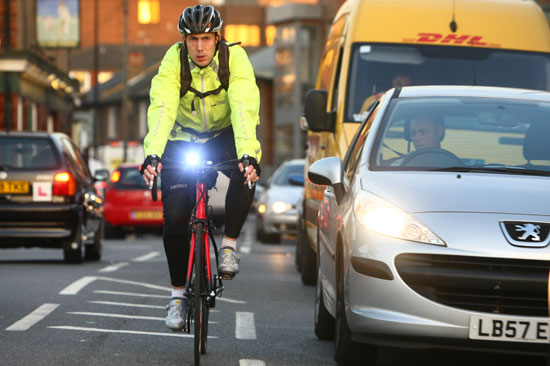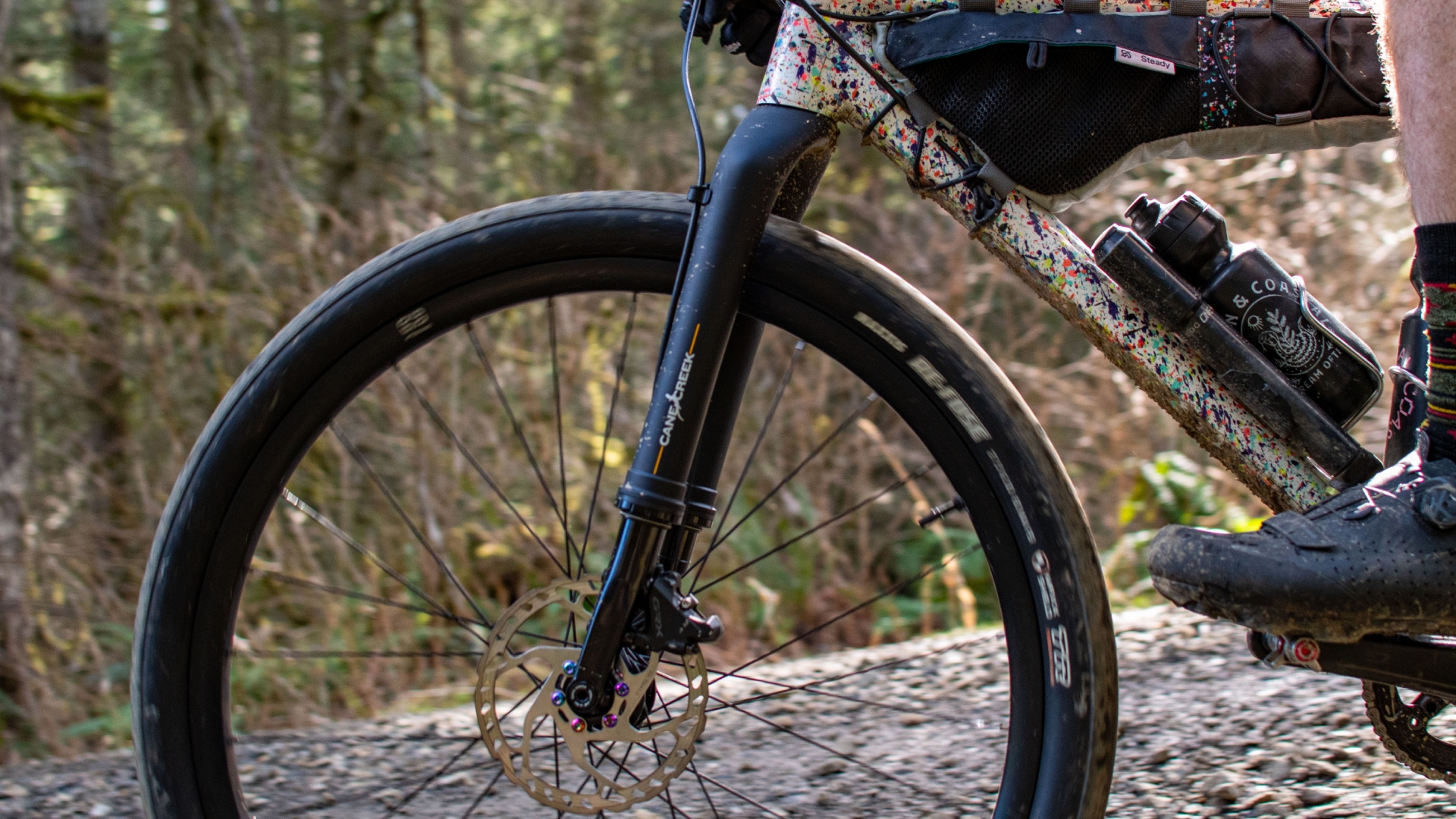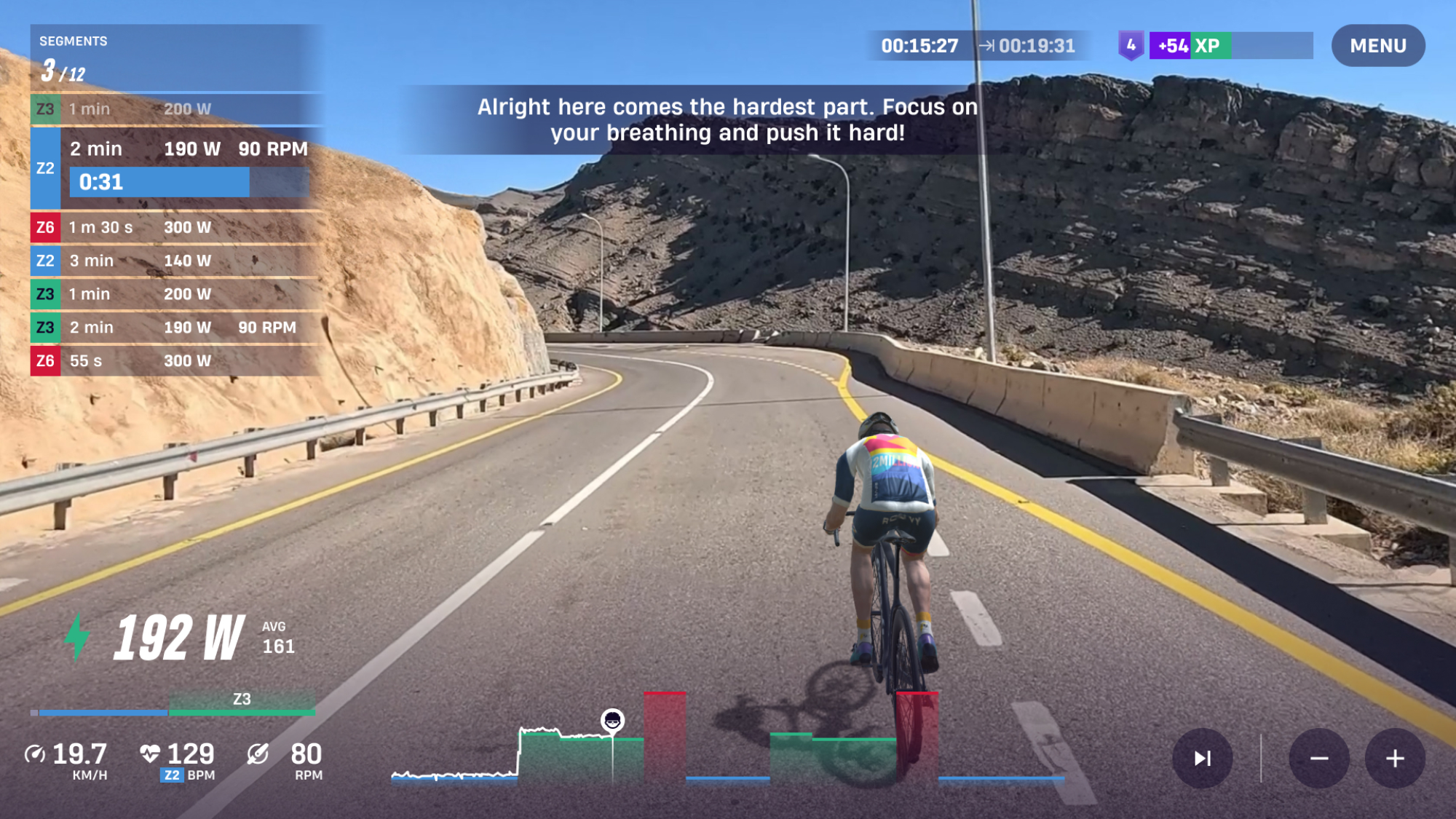Beat the commuter cravings


Commuting by bike to and from work is a great way to increase your weekly mileage while saving you money and providing a less stressful way to travel through the rush hour.
But if you want to feel focused and full of energy throughout the day and on your return, you need to get your fuelling right. Choose the right foods and you can watch the mid-morning munchies and grogginess after your ride disappear and be raring to get back on the bike for your ride home.
07.00
What to eat and drink before setting off
You might be tempted to skip the first meal of the day, instead arriving at your place of work in time to have breakfast before you start, but you will feel better if you begin the day with a healthy breakfast before you hit the road.
Ideally this should provide some easily digestible carbohydrate to provide fuel for your ride and a small amount of protein to support muscle tissue and immunity. A wholegrain cereal and semi-skimmed milk is perfect.
Get The Leadout Newsletter
The latest race content, interviews, features, reviews and expert buying guides, direct to your inbox!
Going out hungry can lead to an increase in the release of stress hormones, which has been shown to increase muscle breakdown and have a negative impact on the immune system, so it's best to eat first. Saving your breakfast until you arrive at work can often lead to overeating. If you arrive starving and with low blood sugar, a large latte and a croissant can often seem much more appealing than a healthy wholegrain breakfast.
Checking you are well hydrated before you set out can also help later in the day. If you're already dehydrated, cycling increases this, leaving you feeling thirsty, lethargic and certainly not helping you break your best time either. Getting into the habit of having a glass of water first thing will help, but good hydration right through the day is important. The average need is between six and seven cups of water per day, with small regular drinks best.
07.30
Fluid on the bike
Once you are on your wheels, ideally you should be drinking to match your losses. For most, this simply involves drinking 500-800ml of fluid per hour but during hot conditions this will increase slightly.
If you are commuting every day, your ride in takes over one hour or you are riding at a high intensity, you will benefit from drinking a carbohydrate drink with electrolytes rather than just plain water to provide energy and to replace the salts lost in sweat. If you fail to do these things, once again you may arrive at work with low blood sugar and a ravenous craving for the sweet stuff.
09.00
Avoid the munchies and say goodbye to drowsiness
If you've ever felt yourself nodding off after your ride you'll know the temptation of reaching for a quick-fix sugary snack. Going for a healthy snack with carbohydrate and protein will help stave off hunger and prevent you from raiding the vending machine.
Many commuters burn extra calories on the way in and replace them and more in sweet treats and drinks to rev their energy levels up again. This often starts off a cycle of eating sweet foods, feeling good, quickly feeling hungry again and craving more sweet food.
Simply eating prior to your ride, drinking appropriately on the bike and organising a mid-morning snack to keep blood sugar levels stable will blunt this urge to eat carbohydrate-rich foods and leave you feeling far more energised and able to make healthier food choices across the day.
15.30
The post-lunch dip
Scientists have identified that the time of day you are most likely to feel hungry for sweet stuff is in the couple of hours after your lunch, but this is confined to those who eat a larger lunch that is rich in fast-release carbohydrate. Basically, eating in this manner leads to an increase in blood sugar levels, which make a subsequent dip and leave you feeling tired, unable to concentrate and peckish again.
The same thing happens after a large evening meal, often leaving you feeling like a sweet pudding or snack is the only option. In order to prevent this roller-coaster of energy levels and cravings, it is wise to spread your calories right across the day, building in a mid-afternoon snack as well as a moderate-sized lunch to keep you energised and focused. This will likely leave you feeling full of energy when you hop back on your bike to make the journey home.
Example day plan
In order to ensure you are energised and focused and to avoid blood sugar peaks and troughs, ideally all of your meals and snacks across the day should combine low-glycaemic carbohydrates such as wholegrain pasta, rice or bread, a form of low-fat or good fat-rich protein such as salmon, chicken breast or beans and some fruit, vegetables or salad.
These combinations will lead to a slow release of energy that will keep your levels stable across the day, along with providing both protein and fibre, which fill you up for longer than other nutrients.
Of course, an example meal plan for one day will not fit everyone's needs, but regular eating, selecting smaller serving sizes than traditional portions will provide good energy levels for all. If you are not hitting your calorie need then you should simply insert more meal sittings rather than increasing portion size, perhaps having a post-ride snack on the way in and once you return home in addition to your other snacks and meals.
Variety of food intake is also very important in order to get a full spectrum of vitamins and minerals required to support good health, so ideally you should be selecting different varieties of protein, carbohydrate, fruit and vegetables across the week.
Once you've got your food and fluid intake right you'll find both your cycling and energy outside of training improve, leaving you feeling ready to tackle the working week with vigour.
7.00 Breakfast
Glass of water, porridge oats,semi-skimmed milk and berries
Drink 500-800ml per hour including carbohydrate and electrolyte drinks on rides over an hour
9.00 Snack
4 brazil nuts, 1 apple, glass of water,
ginger or green tea
12.30 Lunch
Wholegrain pitta bread with chicken breast, avocado and salad
Note: remember to keep up regular fluid intake too
15.30 Mid-afternoon snack
Six small pieces of sushi
Drink 500-800ml per hour
including carbohydrate and electrolyteon rides over an hour
18.30 Dinner
Salmon, wholegrain rice, three varietiesof vegetables
20.30 Evening snack
Small glass of milk and 1 banana
expert Advice
Get organised. Preparing your own snack box of healthy foods you like will make it easier to keep your energy levels high
This article was first published in the Spring 2011 issue of Cycling Fitness. You can also read our magazines on Zinio, download from the Apple store and also through Kindle Fire.

Thank you for reading 20 articles this month* Join now for unlimited access
Enjoy your first month for just £1 / $1 / €1
*Read 5 free articles per month without a subscription

Join now for unlimited access
Try first month for just £1 / $1 / €1
Michelle Arthurs-Brennan the Editor of Cycling Weekly website. An NCTJ qualified traditional journalist by trade, Michelle began her career working for local newspapers. She's worked within the cycling industry since 2012, and joined the Cycling Weekly team in 2017, having previously been Editor at Total Women's Cycling. Prior to welcoming her first daughter in 2022, Michelle raced on the road, track, and in time trials, and still rides as much as she can - albeit a fair proportion indoors, for now.
Michelle is on maternity leave from April 2025 until spring 2026.
-
 Review: Cane Creek says it made the world’s first gravel fork — but what is a gravel fork, and how does it ride?
Review: Cane Creek says it made the world’s first gravel fork — but what is a gravel fork, and how does it ride?Cane Creek claims its new fork covers the gravel category better than the mini MTB forks from RockShox and Fox, but at this price, we expected more.
By Charlie Kohlmeier
-
 ROUVY's augmented reality Route Creator platform is now available to everyone
ROUVY's augmented reality Route Creator platform is now available to everyoneRoute Creator allows you to map out your home roads using a camera, and then ride them from your living room
By Joe Baker